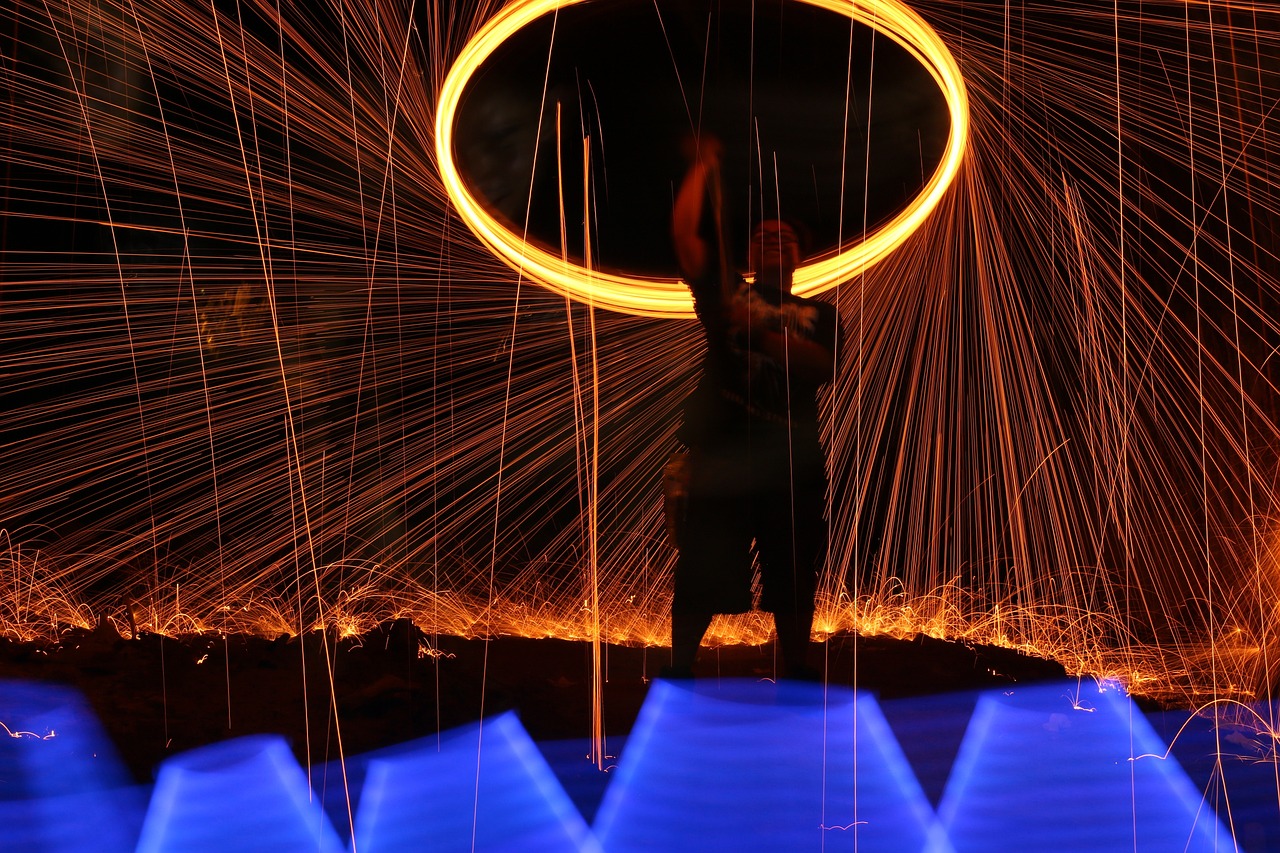The Significance of Thor in Norse Mythology
An Iconic Figure of Strength and Valor
Thor, known in Old Norse as Þórr and in Old English as Đunor, is among the most esteemed deities in Norse mythology. Revered by various Germanic tribes prior to the onset of Christianity, his stature peaked particularly among Scandinavians during the Viking Age.
The Ideal Warrior
This mighty god is the embodiment of an honorable warrior, representing the pinnacle of martial prowess that many aspired to emulate. As the unwavering protector of the Aesir gods, he stands sentinel over Asgard, defending it against the giants, who are typically the antagonists of the divine beings.
Thor’s extraordinary bravery and intrinsic sense of duty make him unparalleled in his role. His immense physical strength is legendary, and he possesses a magical belt known as megingjarðar, which doubles his power. Yet, it is his famed hammer, Mjöllnir, meaning “Lightning,” that is most associated with him. Thor rarely ventures out without this iconic weapon. To the heathen Scandinavians, thunder equated Thor’s essence, while lightning represented his hammer striking down giants as he traversed the skies in a chariot drawn by goats. This imagery serves as a metaphorical representation of a deeper spiritual truth inherent in Germanic mythology.
The Eternal Struggle Against Chaos
Among Thor’s principal adversaries is Jormungand, the colossal serpent that encircles the human realm, Midgard. In one tale, Thor attempts to fish for this beast, only to have his giant companion prematurely sever the line in fear. Their ultimate confrontation occurs during Ragnarok, leading to their mutual destruction.
It is strikingly ironic that despite Thor’s fierce defense against the chaos brought by giants, he is himself part giant, with a lineage that includes both his giant father, Odin, and his mother from a giant heritage. This reveals a complex interrelationship between the gods and giants that transcends mere hostility.
Sacred Blessings and Protection
Thor’s influence extends beyond the divine realm, positively impacting the mortal world. His name was frequently invoked for protection and blessings, with survival runic inscriptions testifying to his role in sanctifying words and rituals. He presided over weddings and was traditionally called upon by early settlers to bless their land prior to building or farming.
Interestingly, Thor’s hammer wielded the power to sanctify as much as it could destroy, embodying the idea that purification involves dispelling negative forces. An exceptional example of this dual role is his ability to slay and then resurrect his goat-drawn chariot members, restoring them magically to life post-consumption.
A Fertile Protector
Beyond his martial attributes, Thor was also pivotal in fostering agriculture and fertility, emblematic of his heavenly status. As noted by historian Adam of Bremen, Thor presided over natural elements that dictate weather and crop yield. His spouse, Sif, celebrated for her golden hair, symbolizes the richness of grain fields, further linking him to fertility themes. Their union represents a divine marriage, reflecting how the merging of sky and earth results in agricultural abundance.
Thor’s Place in Viking Society
Archaeological findings indicate that Thor’s worship traces back to the Bronze Age, with his role becoming increasingly significant during the Viking Age. He epitomized the warrior class in a society structured around a tripartite hierarchy, encompassing rulers, warriors, and agriculturalists.
While traditionally a deity associated with warriors, Thor developed connections to agricultural life, especially amid the socio-political turmoil of the Viking Age. Unlike Odin, revered by elite and aristocratic classes for his enigmatic virtues, Thor resonated with commoners, becoming the quintessential god of the people.
A Shift in Devotion
Demographic changes during the Viking Age further coupled Thor with agricultural themes, enhancing his status at Odin’s expense. By this period, Thor began to be regarded as the paramount god of the Aesir, a shift unthinkable in earlier times when Odin dominated divine worship.
This transformation was especially notable in Iceland, colonized by those seeking solace from oppressive rulers. Here, Thor emerged not only as the settlers’ chief deity but also as a guardian of the community’s stability and norms. His frequent mention in the Landnámabók reflects his integral role in the settlers’ lives.
The rise of Christianity also played a part in the resurgence of Thor’s worship. As Christians sought to impose their beliefs and undermine traditional Norse spirituality, devotees of old gods found a powerful symbol of resistance in Thor. In stark contrast to Christian cross amulets, followers proudly wore tiny Thor’s hammer pendants, a testament to their enduring commitment to ancestral traditions.
Through these dynamics, Thor stands as more than a mere figure of mythology; he embodies the spirit of resilience and defiance among the Norse people during times of transformation and conflict.



